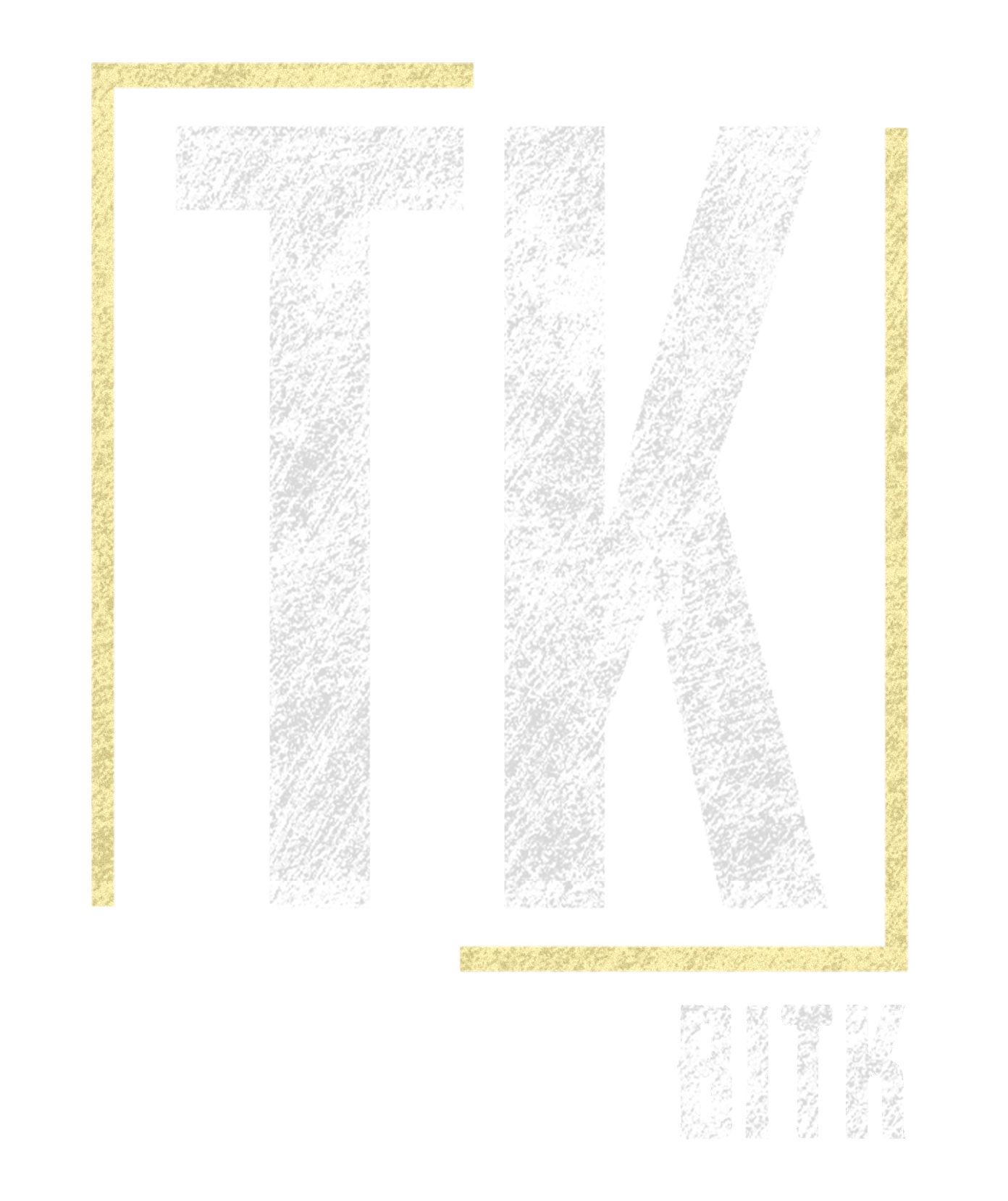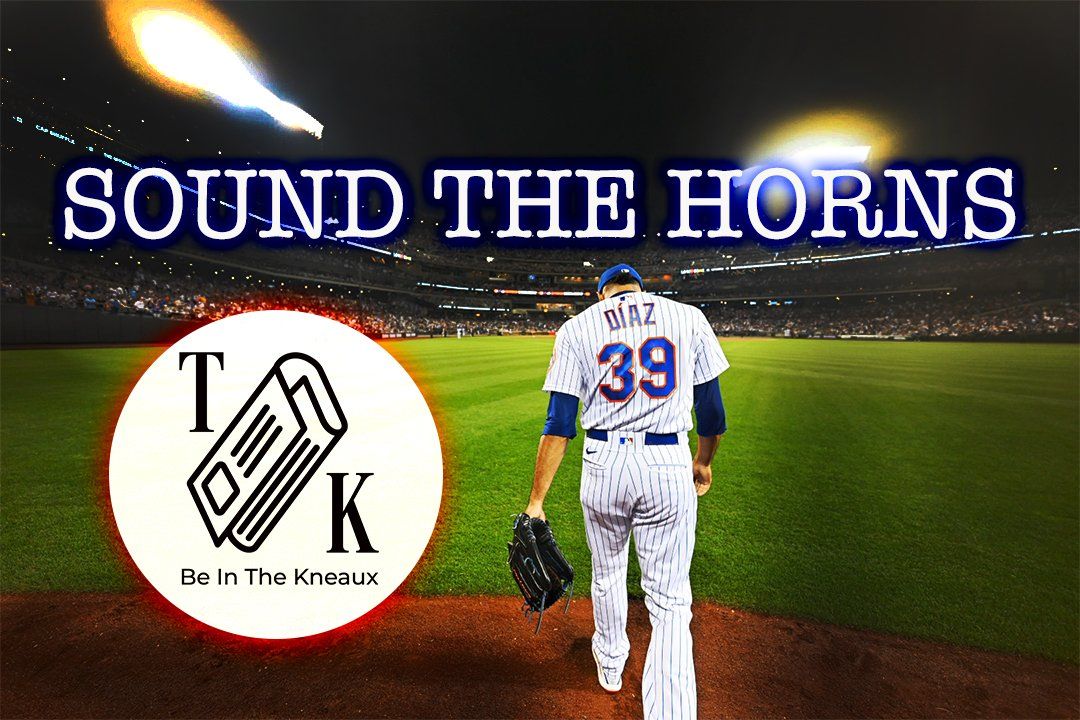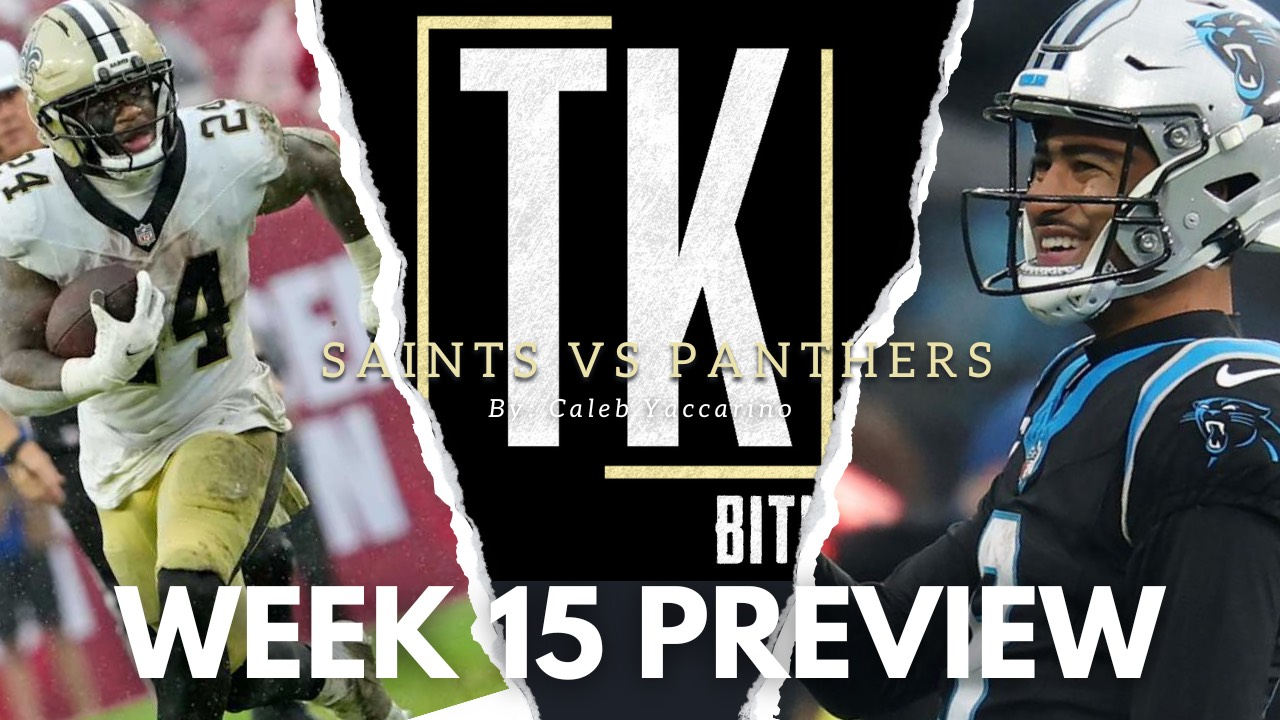Sound the Horns
This is a subtitle for your new post
Sound the Trumpets
The Edwin Diaz Phenomena
Baseball can be a dull sport at times. Baseball old heads refusing to accept the existence of young players with personality, and the “unwritten rules” of baseball can drive fans away. But every now and again, a trend or a player comes along that delivers levels of entertainment that the sport desperately needs. The bat flip after a home run and the signature celebration while rounding the bases are something that comes to mind as a new and exciting trend in recent years. But something that’s been around forever now that always gets fans going is a player’s entrance music.
Every now and then, a player will become one with entrance music. A good closer in baseball, if paired with a good walkout song, can become iconic. Think back to Brian Wilson with the “Fear the Beard” movement when he would jog out on the field to “Jump Around.” Or Trevor Hoffman striking fear into his opponents with “Hells Bells.” And perhaps the iconic of all, opponents knowing the game was over when “Enter Sandman” would blare through Yankee Stadium and that 42 would come walking out the bullpen. While all of those are incredible examples of the perfect walkout song, we have a new competitor for the greatest walkout song in baseball history.
I present to you: Edwin Diaz and the trumpets
THE MOST ELECTRIFYING THING IN BASEBALL
— Djrainey.eth (@Rain3y_Days) August 14, 2022
🎺SOUND THE HORNS🎺 pic.twitter.com/wgcquqgoWM
First, let’s give credit to the people responsible for this incredible song. The song is “Narco” by Blasterjaxx & Timmy Trumpet, and it has become inseparable with Mets’ closer Edwin Diaz. When the Mets go into the 9th inning with a lead, fans know they are about to be in for a show.
“Sound the Trumpets” is a saying that has spread through Citi Field, New York, and Twitter like wildfire. Even if you’re not a fan of the Mets, close your eyes and put yourself in the seats at Citi Field. The Mets have a lead going into the 9th innings. The stadium goes quiet. A slow rumble begins to come through the stadium subwoofers. Then… THE TRUMPETS. Soundwaves of singing trumpet flow through the New York sky. Then, a figure appears in the outfield as the bullpen door swings open. Like Stone Cold Steve Austin storming the stage when the glass shatters, Edwin Diaz graces the field as the trumpets sound. Every Mets’ fan in the stadium, and probably even some fans of the opponent, begin to dance and with their buddies because the joy the trumpets provide is undeniable. And the Mets’ fans begin to celebrate because they know the game is over, and their trip home is going to be a pleasant one. THAT is the Edwin Diaz experience.
Now, you can’t just have a cool walkout song and expect your entrance to connect with fans. For just any song and entrance to become one of those iconic entrances, the player has to standout. Mariano Rivera’s “Enter Sandman” entrance is the greatest in baseball history because of his dominance throughout his career. When your walkout song plays, it should send those who came to see your opponent heading for the exits. That is exactly what Edwin Diaz has accomplished with “Narco.” The Mets “sound the trumpets” at Citi Field, and fans of the opponent attempt to beat traffic, because Diaz has been one of the most dominant closers in baseball this year.
The 7th Year All-Star closer is almost automatic when it comes to closing out games for the Mets. He has an incredible 1.36 ERA and an incredible 18.1 strikeouts per 9 innings. In 46.1 innings pitched he’s given up just 27 hits and 7 earned runs, and most importantly, he has a solid 26 saves. As I said, he’s been one of the most dominant closers in baseball. The other aspect of this is how good the Mets have been. They are currently in first place in the NL East and second overall in the NL behind the Dodgers.
So, we’ve established that this is already one of the greatest closer entrances of all time. But what would it take for it to become the G.O.A.T of closer entrances? As of now, that title belongs to Mariano Rivera, and I don’t know that Diaz will ever be able to surpass him simply because Rivera is arguably the greatest closer of all time. But I do think he can get close. What separates Mariano from Diaz, now, is the longevity of Mariano’s dominance while using “Enter Sandman” and the fact that he did it in the playoffs. If Diaz can carry this dominance into the postseason and allow fans of the sport to experience his entrance on nationally televised games throughout October, he will start to see his entrance up there with the all-time greats. I, for one, hope he can do it, because I absolutely LOVE this walkout. So much so, that I made it my ringtone as I was writing this article.
Next time the Mets play a nationally televised game, sit down with your family, enjoy some baseball, and hope you get to see Edwin Diaz and the Mets, “Sound the Trumpets.”
A quick share helps us a lot!



